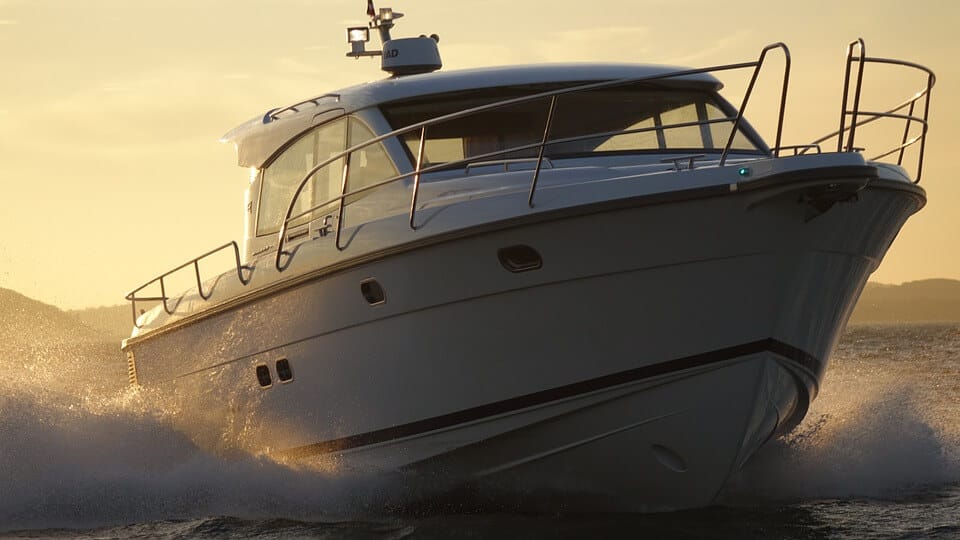Fuel Bladder vs Hard Tank for Your Next Product Design

Fuel bladder v hard tank – this is a common topic vehicle engineers have debated for years when deciding how to store the fuel supply of their designs. Fuel bladders are created with industrial sewing technology and are key to smooth operations for many applications.
It’s not just your car or lawnmower that needs gas in order to run. Everything that we currently use for locomotion and even power requires a supply of fuel, usually some form of liquid, often based on petroleum. Just as you gas up your car, we gas up our generators, airplanes, and unmanned aerial vehicles (UAV). While usually this fuel is stored in tanks, sometimes a more flexible material needs to be used.
Reasons To Use A Fuel Bladder vs Hard Tank
Fuel Bladder v Hard Tank Portability
The number one reason to use fuel bladders versus hard tanks is the ability to move them from place to place easily and efficiently. Because fuel bladders are sewn out of modern industrial fabrics and high-tech coatings instead of rigid metal, they can be folded up and moved to wherever they’re needed. When empty, a fuel bladder takes up a fraction of the space it did when full. This portability enables people in remote locations, far from any infrastructure, to have the gas they need for generating power or as fuel for vehicles of all kinds.
Flexibility
Fuel bladders aren’t just flexible in the sense that they’re usable in lots of different cases and with many possible deployments (though they are those things, too). The primary characteristic of the fuel bladder v hard tank is the material it’s made out of. By making a fuel container out of a variety of fabrics, usually coated in an elastic polymer. This coating allows the bladder to maintain its shape when filled, to prevent leakage, and to provide water-proofing.
Fuel Bladder v Hard Tank Modularity
By using a tank made out of fabric, users can much more easily swap the bladder out for a different one, for example. What was working before might not always work forever, so a different-sized bladder might be called for. The ability for users to change the size of their fuel bladders is one of the advantages that a solid steel product can’t match.
Vinyl Technology uses materials specially formulated for jet fuels and are lighter in weight than anything you’d get from the competition. When looking at fuel bladder versus hard tank hardware (like access hatches and port fittings), it is either welded directly to the film using VTLI’s proprietary bonding process, or it may be over-molded onto the fittings and then RF-welded.
Why Not Use A Hard Tank?
When looking at the benefits on the other side of the fuel bladder v hard tank debate, most fuel storage that we know is accomplished through the utilization of solid hard tanks. Metal tanks are useful for many applications, as they are more durable and created for specific purposes, like a tanker truck, boat, or aircraft. Moving large amounts of fuel from one place to another, in cases where the logistics of that transportation allow it, those big metal tanks are the obvious choice.
But they’re not perfect, nor are they right for every implementation. For example, fuel bladders like the kind made by VTI, specifically the kind installed on UAVs, is valuable specifically for reasons common to many fuel bladder implementations.
To find out what VTI can do for you, get in touch with us today.

